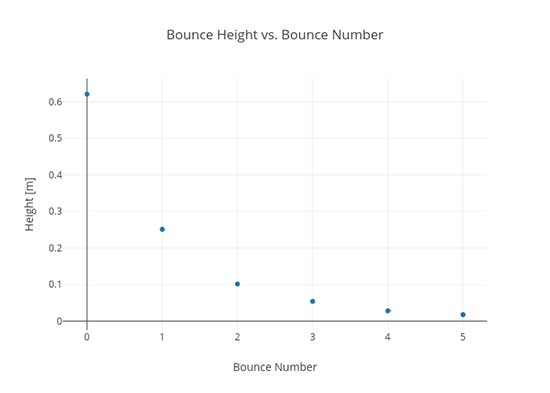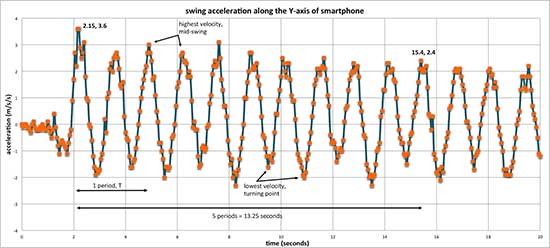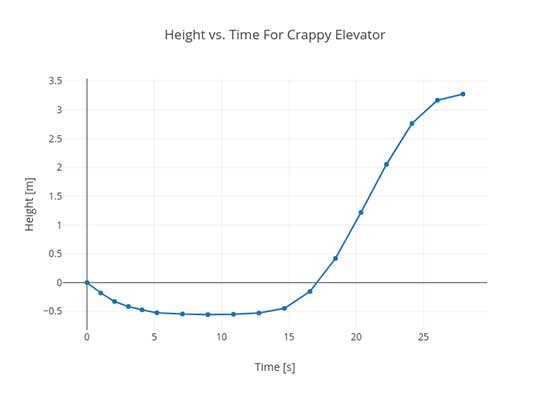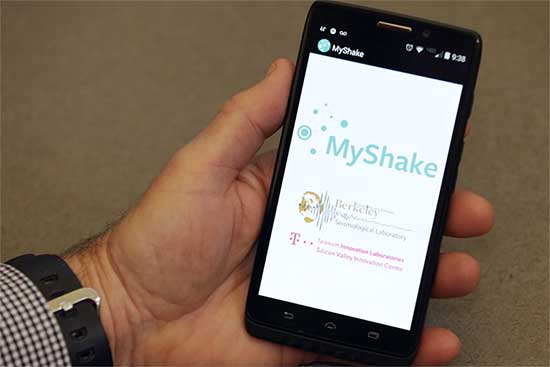You definitely think that the phone you are carrying in your pocket is a feature loaded gadget that allows you not just to make calls, but to play games, watch videos, listen to music, make video chats, and download innumerable apps that further enhances its functionality.
But how you would feel if I tell you that you can actually do some really cool science experiments with your phone? Sure, you would be amazed!
Your smartphone is not just a device to fun, entertainment, and communication, but a mobile mini-computer that lets you do stuff, which you might have not even thought. It is almost like a computer and a data collector. While some phones are limitedonly to make phone calls, the modern smartphones allow their users to perform various science experiments as well.
Want to know about such science experiments that you can do with your phone? This post is going to tell you the same!
If your smartphone incorporates those sensors, then let me tell that you can do three fun experiments with it. These experiments would work on most of the smartphones and would work amazingly if you can probably use varieties of apps to gather the data. Also, doing these experiments is free!
So, let’s get started!
Bouncing Ball

Though the size of the ball does not matter, it would be better if you pick a small sized ball. To ensure that the experiment runs successfully, the ball must bounce and at the same time must make some noise.
The bouncing ball must bounce,and it must make a noise when it hits any surface. Now, the next step is to download the ‘phyphox’ app and open its experiment file. Place your smartphone close to the location that the ball will hit the surface. This will allow the microphone to pick the sound. The next step is to drop the ball and start recording the sound.
While the app records the sound all the times, you can enjoy throwing it on different surfaces. This app uses the time between bounces to estimate the bounce height, assuming that you are throwing the ball from the Earth’s surface with a vertical acceleration. Once the data is collected, you can explore the relationship between the initial drop distances and bounce height for a range of balls. You can measure the successive bounce changes, the height, and energy taken by the ball during each throw.
Measure the Speed of Sound

You must be having your own method to determine the speed of sound; this one will let you know the method to measure the sound’s speed via your phone. You need to have an app that can function as an acoustic stopwatch so that it can start and stop on the bases of sound noise.
Now, you need two phones to perform this experiment. Keep the two phones at a distance apart so that both the phones are able to hear the same sound. While you will play a sound close to the first phone, the next phone will definitely listen to it a little late and vice versa. It is because of the difference that the sound takes to travel to each of the devices. Now for calculation, the speed of sound will be twice the measured distance between the two devices divided by the difference in time intervals.
So, here goes the equation,

Identify the Height of the Building

While the previous two experiments using a microphone, there is still one experiment that can be performed with the barometer that measures the atmospheric pressure. Yes, if you are using a modern-day phone, then it would have a sensor. The sensor is usefulnot just to use GPS to get the location, but it can also be used for more high-end functionality.
With the barometer in there, it is possible to measure the change in pressure or while taking a ride in an elevator. You can again use the phyphox app as it allows you to record the change in pressure and even allows you to calculate the height as a function of time. Additionally, you can record data from the accelerometer to measure the velocity as a function of time.
This way, you can know the height of every building you move through. Even the position-time data can be used to estimate the elevator velocity and compare it to the velocity from the acceleration data. Probably, they would not offer you the same results, but it is still great fun.
Predict Upcoming Earthquake

Every smartphone incorporates an accelerometer that is being used to determine seismic disturbances. This helps to predict an upcoming earthquake as well as enable individuals to evacuate the space in danger easily and in time. You can download the ‘MyShake’ app and let it run in the background in your smartphone. The mini-computer within your smartphone will then differentiate between real movements and normal seismic disturbances and ultimately define conclusions.
This way, it is possible to use your smartphone frequently for science in Earth observations. You can collect data about the Earth’s chemical, physical, and biological systems. The sensors in phones are ideal for making measurements near the surface of ground, things that can be conveniently misses due to obstructions like clouds, trees, or low vegetation, or because they are small.
You must be wondering that are there any more experiments that you can perform with your phone? And the answer is yes, there are! But for now, you must proceed to perform these experiments as they are enough to get started for now.
Just try these experiments,and sure you will love exploring these amazing used of your smartphone!
Filed Under: Tech Articles


Questions related to this article?
👉Ask and discuss on Electro-Tech-Online.com and EDAboard.com forums.
Tell Us What You Think!!
You must be logged in to post a comment.